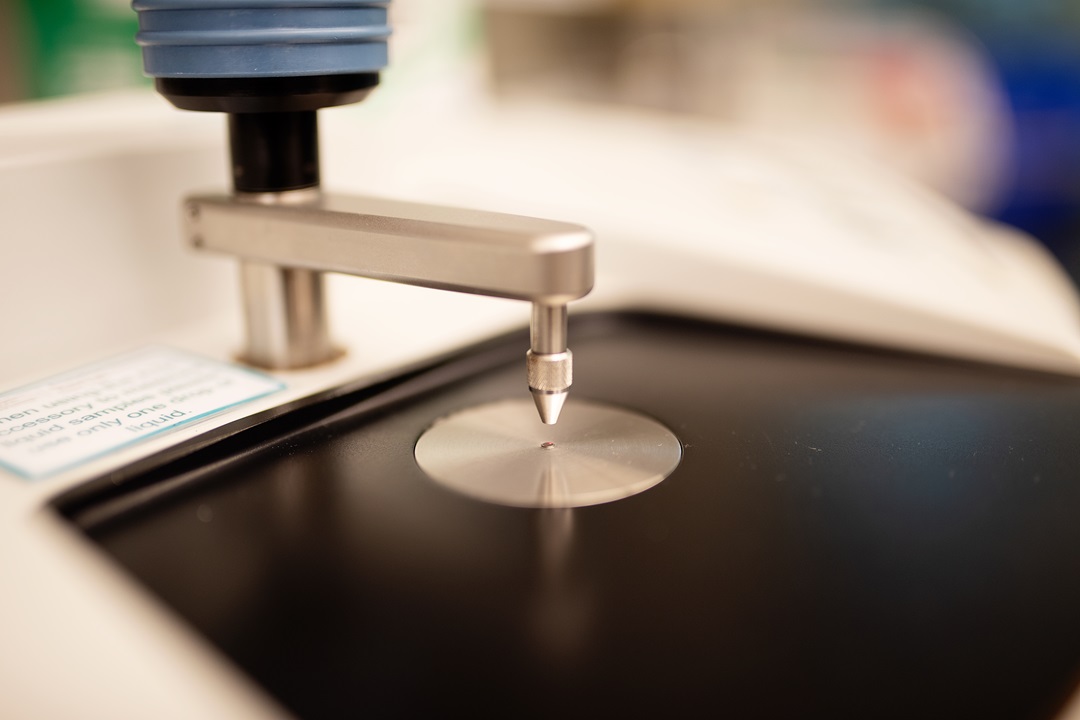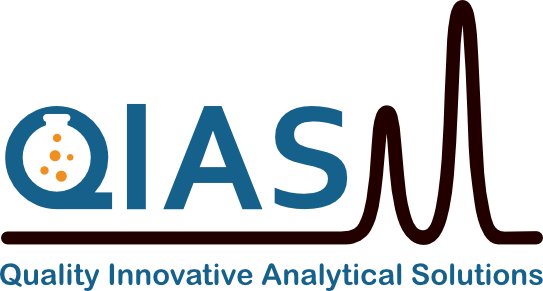Selected Area of Expertise
Selected Area of Expertise
Environmental Pollutants
- Advanced detection and quantification of contaminants of organic and emerging pollutants in water, soil, and sediments by GC and LC-MS.
- VOC, phenols, TPH, PAH, Semi-volatile organics, PFAS, and pesticides residues.
- Precise determination of trace metals content in diverse matrices by ICP-OES or ICP-MS.
Gas Analysis
- Including natural gas, refinery gas, and greenhouse gas analyses, with capabilities for in-line analysis.
Gasoline Analysis
- GCMS analysis of Gasoline constituents.
Metabolomics
- Targeted and untargeted analysis of plant and biological metabolites in biofluid and cell samples using LC-MS, GC-MS.
Purity, Assay, and Potency
- Determination of purity, assay, and potency for a wide range of substances.
- Assessing the potency of new therapeutic compounds during development.
Small Molecules
- Accurate mass determination and structural elucidation for small molecules and their fragmentation patterns using high-resolution GC-MS and LC-MS.
Volatile Fatty Acids and Carbohydrates
- Quantification of volatile fatty acids and carbohydrates in different matrices using Ion Chromatography (IC).
Bulk Elemental Analysis
- Comprehensive analysis of elemental compositions.
- Multi-Element Analysis for metals and alloys by ICP-OES, XRF.
- Carbon, Hydrogen, and Nitrogen, Oxygen by CHNO analyzer.
Ions and Nutrient Analysis
- Anions analysis using by IC for water and wastewater.
- Automated technique for rapid nutrient analysis (photometric analyzer).
- Total Organic Carbon and Total Nitrogen by TOC-TON analyzer.
Polymer Analysis
- Analysis of molecular weight distribution and residual monomer content in polymers by GPC and MALDI Techniques.
- Residual monomer determination by LC and GC.
- Surface and structural analysis of polymers using FTIR and Raman spectroscopy for functional group identification.
Surface Physico-Chemical Properties
- Surface Morphology and Chemistry (Micro-FTIR, Micro-Raman, SEM/EDX, DRIFTS).
- Surface Energy and Wetting (contact angle, surface tension).
- Surface Charge Properties (Zetapotential, Streaming potential).
Optical Properties
- Characterizing the optical properties of materials by UV-Vis-NIR spectroscopy (absorption, transmission, reflection, and electronic bandgap).
Thermal Analysis
- Measurement of heat flow, phase transitions, and material stability (DSC, DTA).
- Decomposition, oxidation, and thermal stability (TGA).
- Thermal Conductivity and Diffusivity Measurements (LFA).
Textural Characterization by Gas Physisorption
- Conducting comprehensive textural analysis of porous and non-porous materials by studying gas adsorption/desorption isotherms. (Specific surface area, pore volume, pore size distribution).
Catalytic Surface and Bulk Properties Evaluation by Chemisorption and Temperature-Programmed Methods
- Quantifying active catalytic sites, metal dispersion, metal particle size, and surface area.
- Desorption (TPD), Reduction (TPR), Oxidation (TPO), Surface (TPSR), and Reaction (TPRx) for evaluation of surface acidity/basicity, oxido-reductive properties, binding energies, catalyst deactivation, Catalytical performance, and reaction mechanism.
Single and Multicomponent Gas Sorption Analysis
- Evaluating gas capture, storage, and separation by measuring adsorption capacity in different pressure ranges, studying material stability, adsorption selectivity, surface energy distribution, and adsorption kinetics.
Dynamic and Static Vapor Sorption
- Analyzing porous or hygroscopic materials using common vapors such as water (H₂O) and organic solvents (e.g., ethanol, and methanol).

